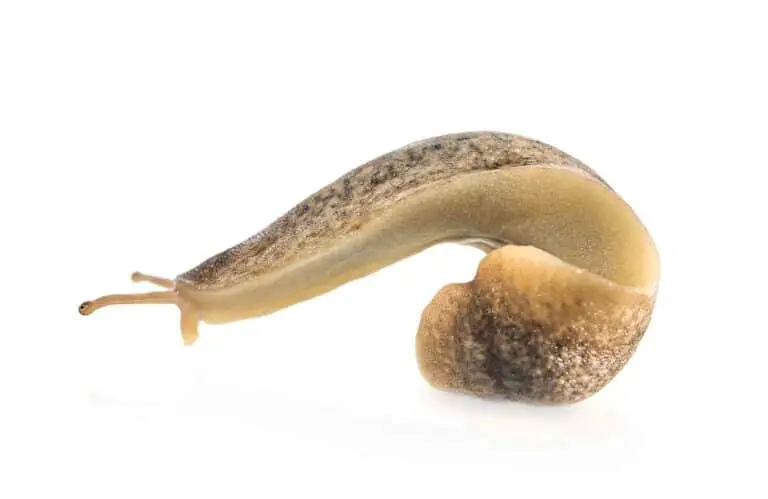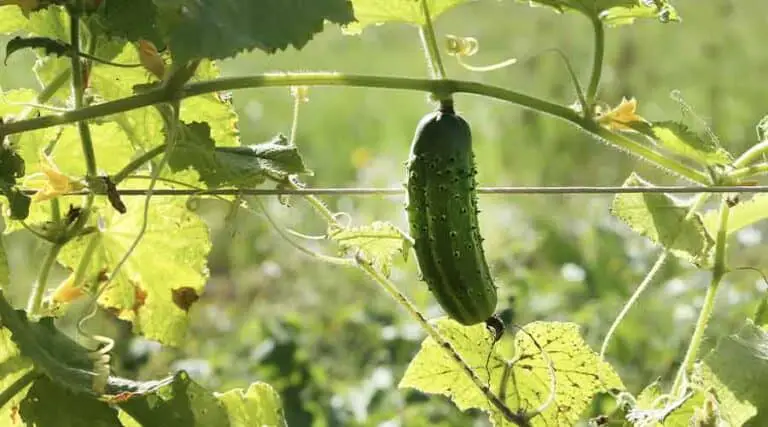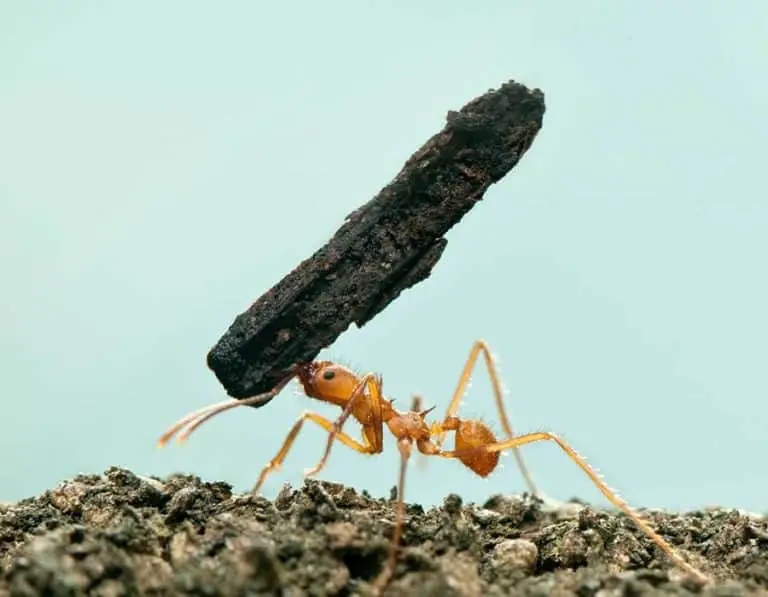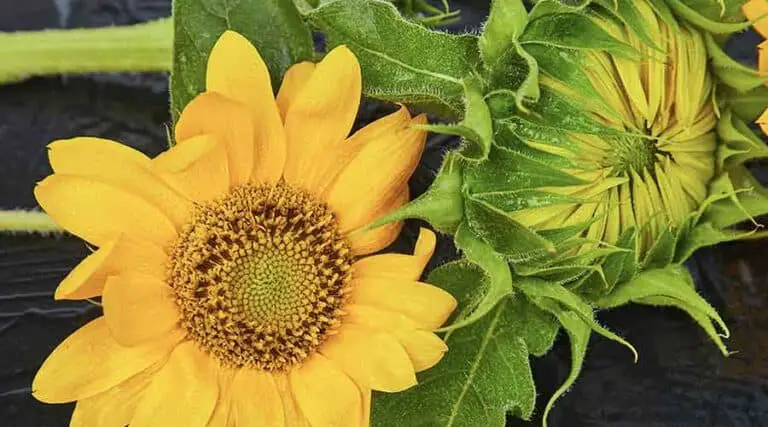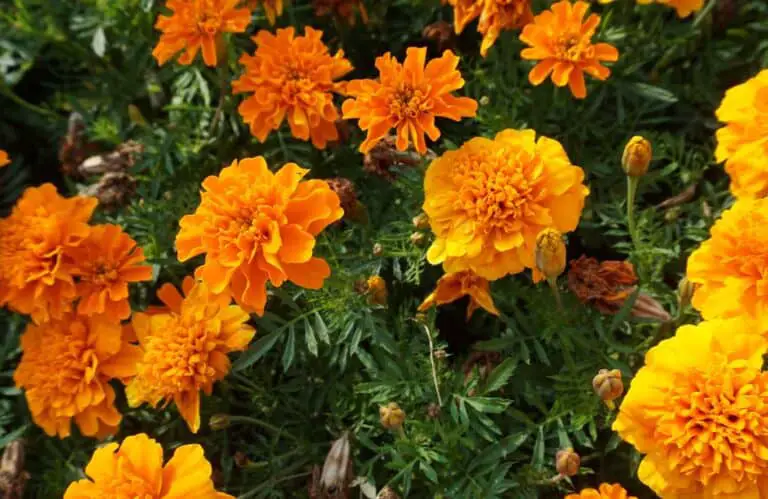Why Do Slugs Come in Your House & How to Stop Them
Slugs are mostly seen in the garden. They can also make it indoors as a curious creature rather than a pest.
Slugs can be a slimy issue to deal with. They also carry diseases that can be transmitted to house pests. Most slugs won’t lay eggs indoors as they need moist soil for eggs.
Slugs come into the house from nearby plants and vegetables looking for food. They may also enter homes seeking high humidity in bathrooms. Slugs can be kept outside by sealing cracks and openings.
Slugs have multiple reasons to make it indoors, including wandering inside by accident. Some attempts to climb walls and enter homes are a weir habit of slugs going on a vertical surface to die, as detailed below.
How can slugs move indoors?
Slugs can move horizontally and vertically. They move indoors if there are plants and vegetables nearby. Slugs may also be attracted to humidity in the basement or the bathroom. Here are a few main reasons these slimy creatures make it into homes.
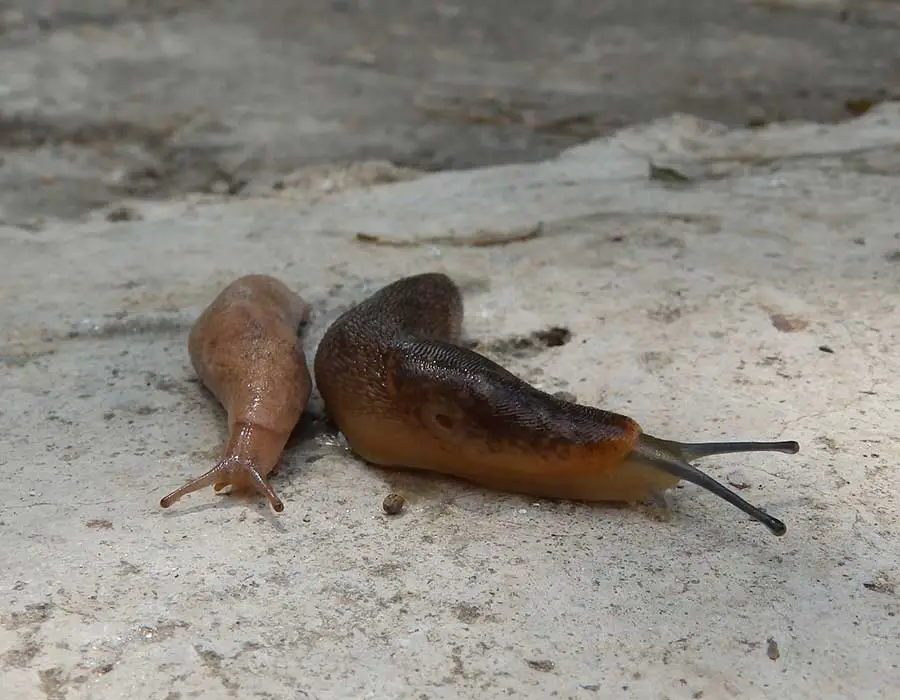
Slugs are initially attracted to vegetables grown around the house
Slugs always appear in the ground, right under plants and vegetables. They can grow under tomatoes or hostas, only making their way outside for food.
Slugs always like fresh leaves which are easier to chew through and which are also softer. They might think there’s more food to be had on the other side of the wall trying to make it indoors.
Slugs can climb almost any wall
Slugs have very good climbing abilities. They can even attach themselves to walls so thoroughly you may not remove them with bare hands. This is a defensive technique slugs use to avoid being grabbed by flying predators such as pigeons and eagles.
Since slugs can easily climb walls they can easily find their way indoors. Small cracks and openings in walls are sufficient for these creatures to squeeze inside. This is a process that takes hours given their slow-moving speed. Most attempts are also not seen as slugs move indoors at night.
Tiny cracks and openings are pathways to homes for slugs
Small openings next to windows or under doors are the main entrance points for slugs. You can identify the routes slugs take to get indoors by the slimy trail they leave behind. This trail is visible for up to a few days and you may be able to trace the slug back to its soil nest.
Sick slugs can’t climb entire walls as they die climbing
This means slugs have any reason to climb the walls of the house but some research shows slugs climb these walls to die. Slugs become even slower as they age and climbing up walls might be an attempt to get out of harm’s way which is often present at ground level.
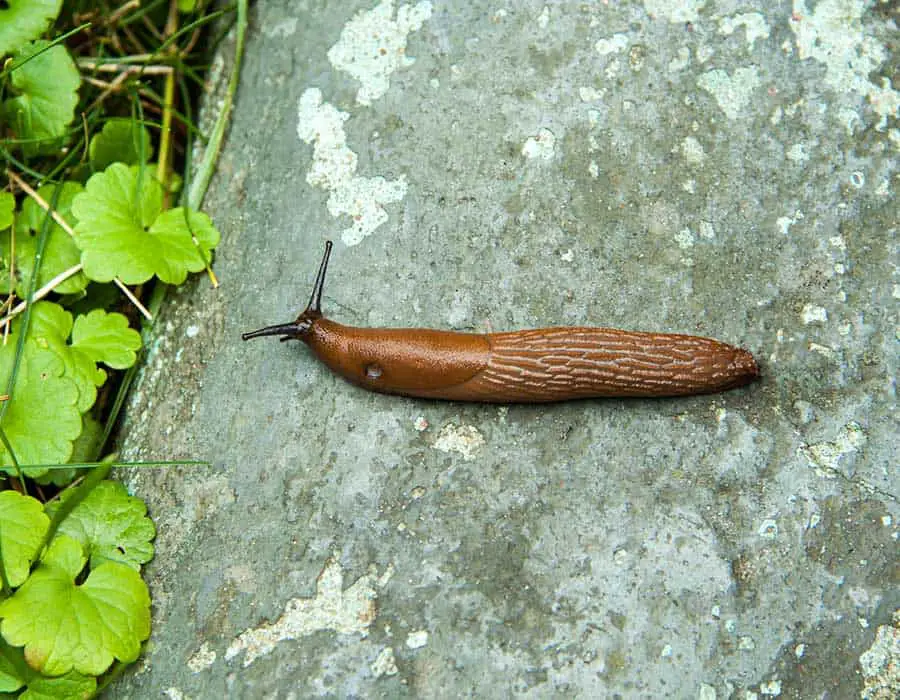
Learn how to keep slugs out of the house
Eliminating and keeping slugs out of the house is a multi-step process. You can start with one or multiple of the following measures.
Find slug pathways by searching for slime trails
One of the easiest methods to eliminate slugs from the house is to find where they come from. You can do this by following the trails these slimy creatures leave on all surfaces they move on. This is why you can often trace their source to an area of the ground outside where you can remove them immediately from the source.
Seal cracks where necessary
Even a 1-inch opening is sufficient for small slugs to squeeze into the house. You need to caulk up these openings to stop all types of pests from getting into the house. It might take some time to fix all cracks and you may also discover slugs use openings under or around doors to move inside.
Remove slugs by hand
One of the best methods to take slugs out is to pick them up and discard them in a plastic trash bag. You should always use gloves as slugs may carry different types of bacteria to stay away from.
You may need to remember that postponing picking slugs up by hand may mean they get to escape, especially if you see them in the evening as they start moving long distances again after sunset as nocturnal creatures.
Keep an eye for potted plants
One of the areas where slugs may hide and even lay eggs when indoors is in potted plants. The soil of these plants might be moist and inviting. The secluded soil of these plants offers a great place for them to replicate.
Furthermore, slugs may also start eating plants they find indoors as they might not need to seek out any other food source. Slugs can find their way to plants inside of the house using smell-like senses.
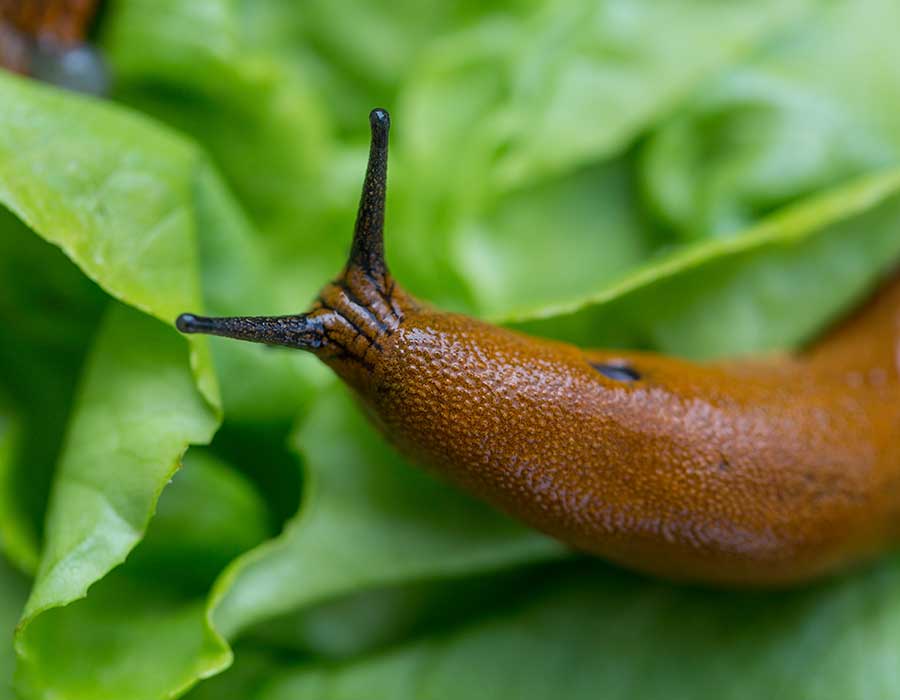
Use sticky traps around the house
Sticky traps are some of the best traps for pests, including slugs. You can lay sticky traps around the house, especially in areas of high moisture such as bathrooms or basements.
It’s in these high humidity areas that many pests nest. Cockroaches might share the same spaces with slugs. You can trap both roaches and slugs using the same sticky traps.
Frequently check all high moisture areas of the house for slugs
You need to reduce humidity levels in the house as a preventive measure against slugs. Humidity levels below 55% are recommended to keep slugs out.
Fixing any water leaks or piping problems in the house might be needed if you don’t find the source of the humidity. Slugs tend to dwell in the areas with the highest humidity when stuck indoors.
Remove algae from outer home walls
Algae often grow on the outer walls of a home. You can find algae growing in old homes or areas with poor ventilation or on the sides of the house that doesn’t get sufficient sunlight.
These are areas where algae love to grow. You may soon discover slugs are solely interested in eating fresh algae. If you have growing algae on the walls this can be an invitation for slugs which may leave older vegetable leaves in the garden for softer fresh algae.
Remove climbing plants around the house
Plants that grow on walls are among the most troublesome when it comes to attracting slugs. Climbing roses are among the green leaf species that can attract slugs to the walls of the house and further indoors.
Climbing flower plants seen in some homes are an extensive habitat and ecosystem for slugs. Most slugs nest right in the soil under these plants where they can exist every night climbing up the plants for food.
Climbing plants are also a bridge between the slugs in the garden and your home. Regularly trimming these plants is recommended.
Nematodes are a type of beneficial microscopic worm that kills slugs. You can add nematodes to the soil of climbing plants to kill slugs and prevent them from coming back for at least a few months.
Reduce plant watering frequency
Once you’re checking the soil quality around the house as the main source of slugs you can also check humidity levels in the soil.
The moist ground is a breeding ground for slugs. It’s best to avoid over-watering plants and vegetables around the house to avoid always having moist ground slugs used to replicate in.
This might mean reducing plant watering frequency. You may also need to use a drip watering system which only takes water to the roots of the plants and not to an extended area as when watering plants with a gardening hose.
Summary
Some of these measures might not be intuitive, especially if you have plants that need to be watered daily. However, most homes have shrubs and plants such as hostas which can still thrive even without daily watering. The idea is to have an almost dry soil that slugs don’t like and in which they cannot freely move in.
Slugs can enter homes through almost any crack or opening. It’s more likely to see slugs in the house if you have plants, trees, and vegetables near the home.
It’s almost not possible to find slugs indoors if the entire area around the house is paved. Slugs grow in the ground and they move around for food and moisture. Slugs will try to make it into bathrooms whenever they live on nearby plants on dry days or when they go hungry.
You need to seal all entry points around the house to keep them out. However, slugs will not disappear unless you deal with them in the area they live in right next to the house. Reducing plant watering frequency is a good starting plan to reduce the number of slugs in the ground which further minimizes the risks of having slugs indoors.

